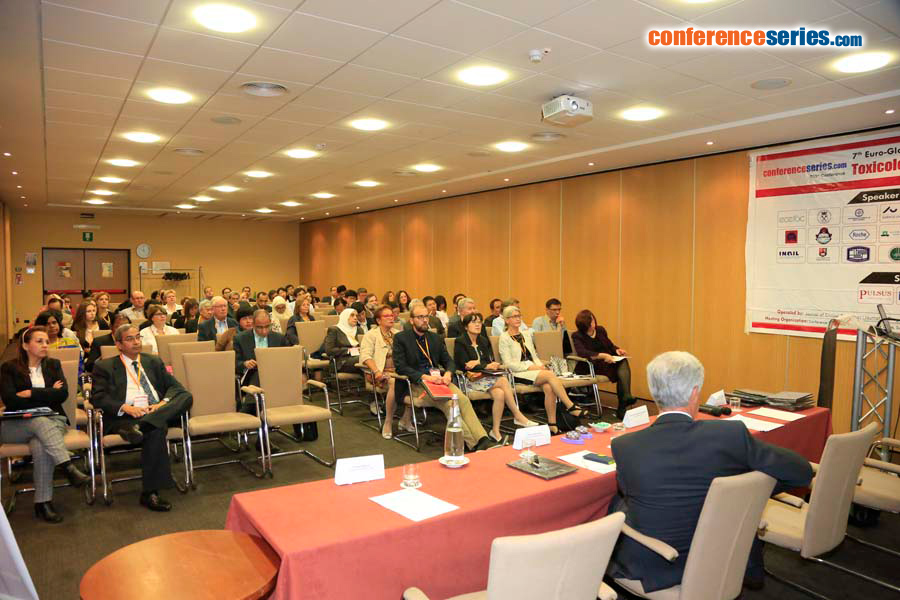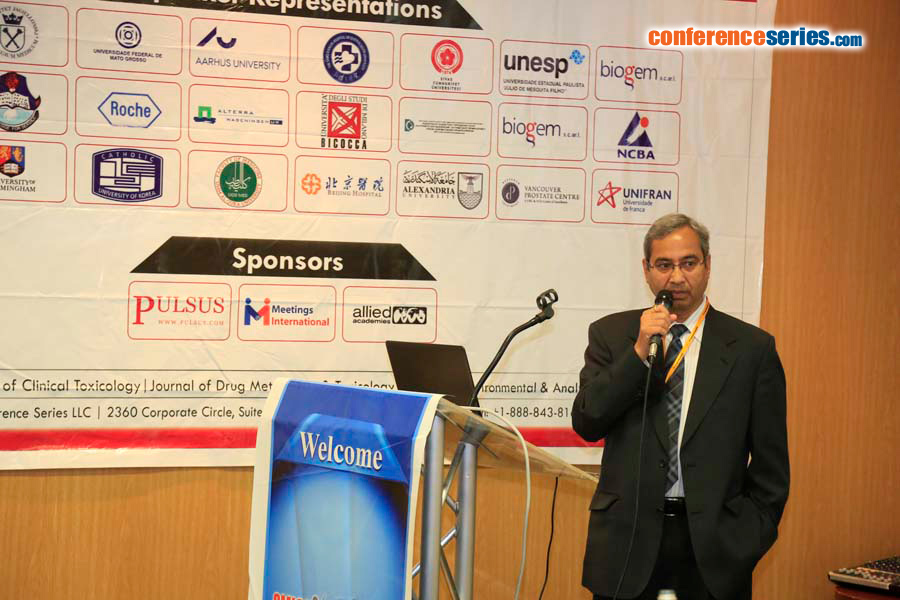
Hemant Misra
Prolong Pharmaceuticals, USA
Title: Preliminary Results From A Long-term Repeat Dose Toxicity and ToxicoKinetic Study of ANF-Rho, a Novel Anti-Neutropenic Factor
Biography
Biography: Hemant Misra
Abstract
A 13-week study was conducted in Sprague Dawley rats and cynomolgus primates to assess the safety and pharmacokinetics of ANF-Rho as compared to Neulasta® (pegfilgrastim). ANF-Rho is a novel polyethylene glycol-modified granulocyte colony stimulating factor that has biophysical and biological properties that produce a distinct pharmacokinetic and pharmacodynamic profile as compared to pegfilgrastim (Neulasta®).
The study design used 288 rats, divided into 5 dosage groups: control, 100, 300, 1000 (high) and 1000 (positive) µg/kg. A total of 58 monkeys were also divided into 5 dosage groups: control, 75, 250, 750 (high dose) and 750 (positive) µg/kg of ANF-Rho. Doses were administered by weekly subcutaneous injections on Day 1, 8, 15, 22, 29, 36, 43, 50, 57, 64, 71, 78, 85 and 92 at a dose volume of 5 mL/kg for rats and 2mL/kg for primates. Genotoxicity assessments were evaluated using Salmonella typhimurium and Escherichia coli reverse mutation assay, rodent blood micronucleus assay and chromosomal aberration assay. Toxicology assessment included clinical observations, body weight change, food consumption, ophthalmic examination, function observational battery (motor activity, behavioral changes, coordination and sensory/motor reflex response), organ weight, bioanalytical and toxicokinetic analysis, immunogenicity, gross necropsy and histopathology.
No observed clinical signs seemed to be related to ANF-Rho administration. There were no related effects in body weight changes or food consumption. Observed ophthalmic effects were considered procedural-related due to the low incidence. No biologically meaningful findings were noted during the function observational battery assessment. Preliminary analysis showed a dose-related increase in spleen weight in rats and a dose-dependent decrease in kidney weight in primates. Genotoxicity studies found no signs of mutagenicity, clastogenicity or cytotoxicity.
The results from this preliminary toxicology studies are unremarkable. These results are consistent with those of an earlier 28-day study. Results from the 28-day rat neutropenia dosage model found that the blood pharmacodynamics parameters of ANF-Rho were significantly superior to Neulasta. Both PK and PD data demonstrate relatively predictable systemic exposures and activity following SC or IV dose levels in both rat and primate. It is anticipated that this long terms 13-week study will provide evidence of safety sufficient to support advancement of ANF-Rho into Phase II clinical studies in chemotherapy-induced neutropenia.






